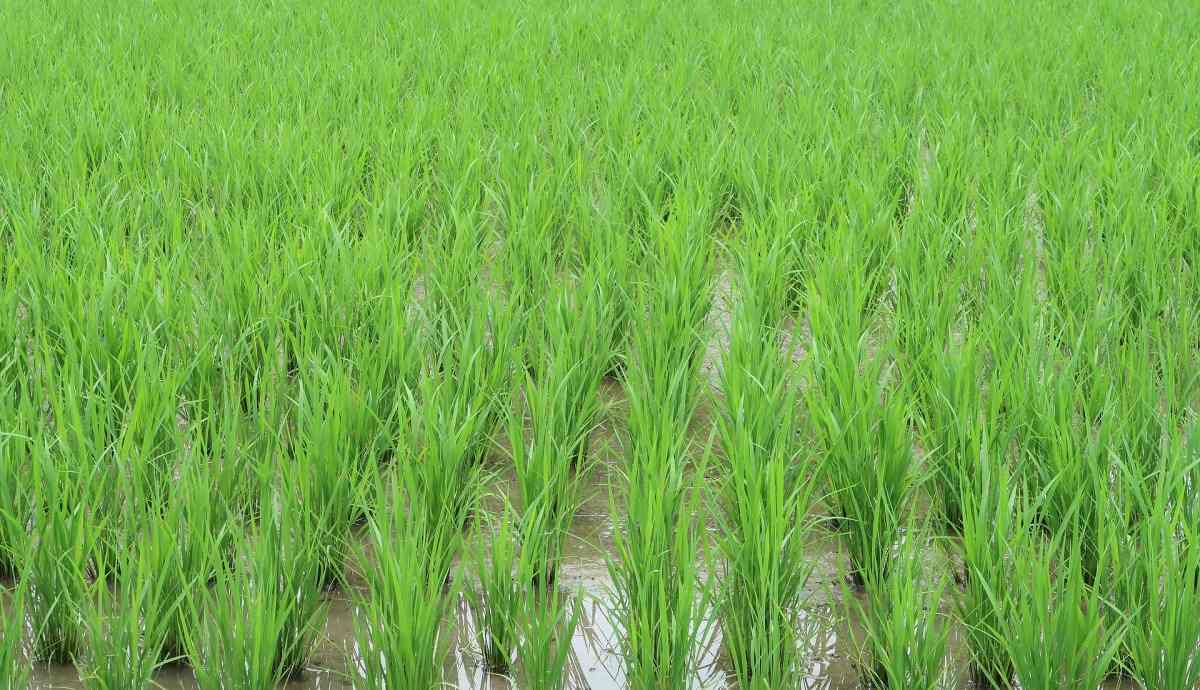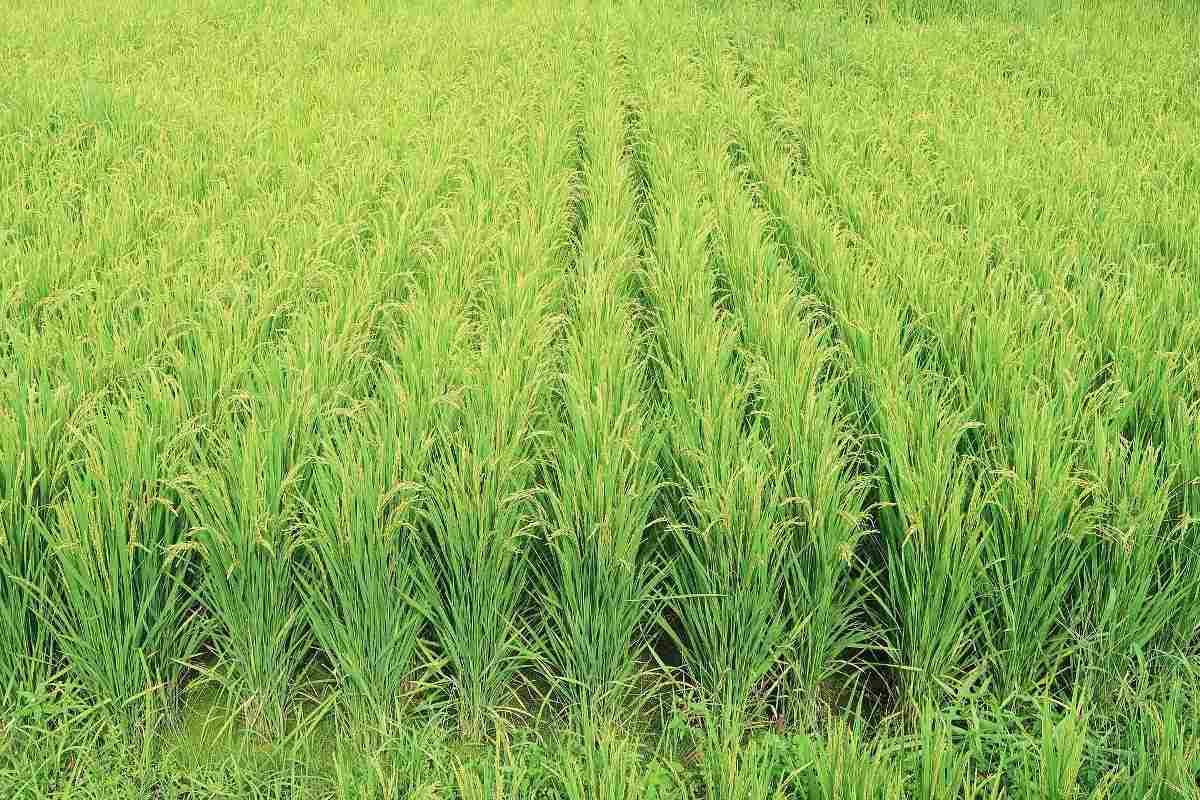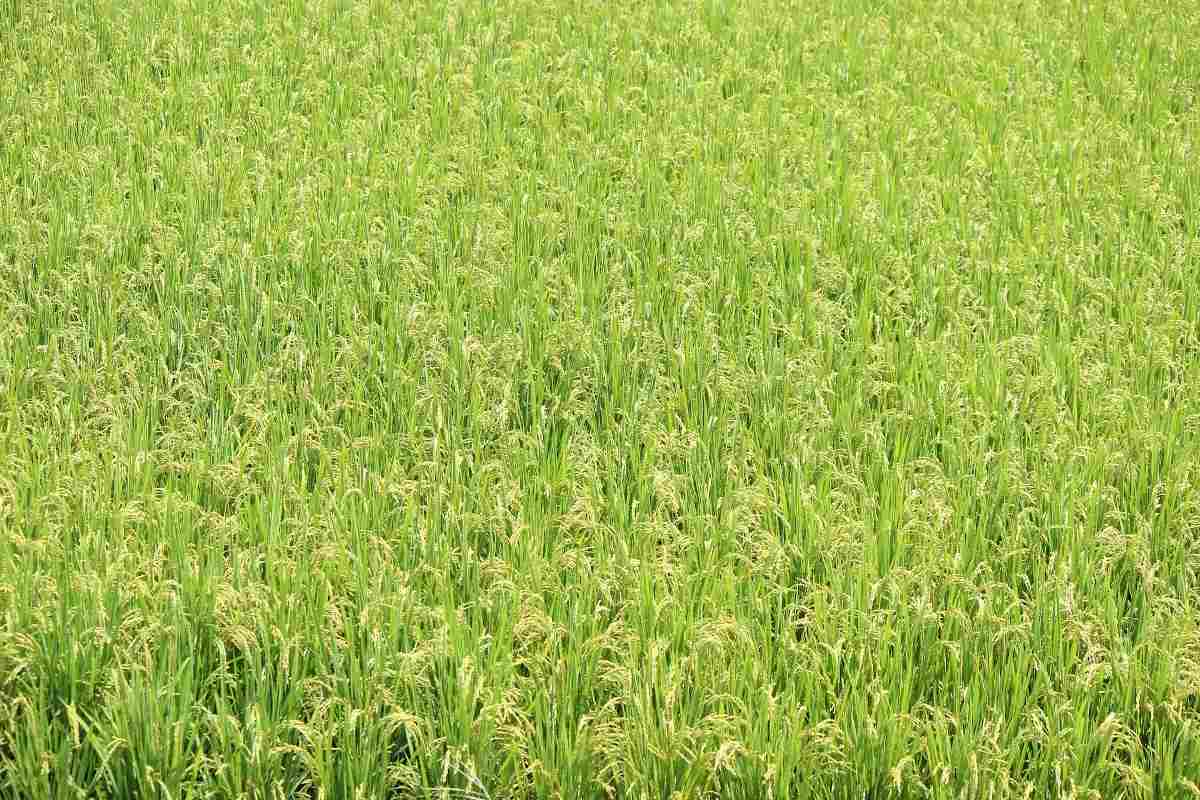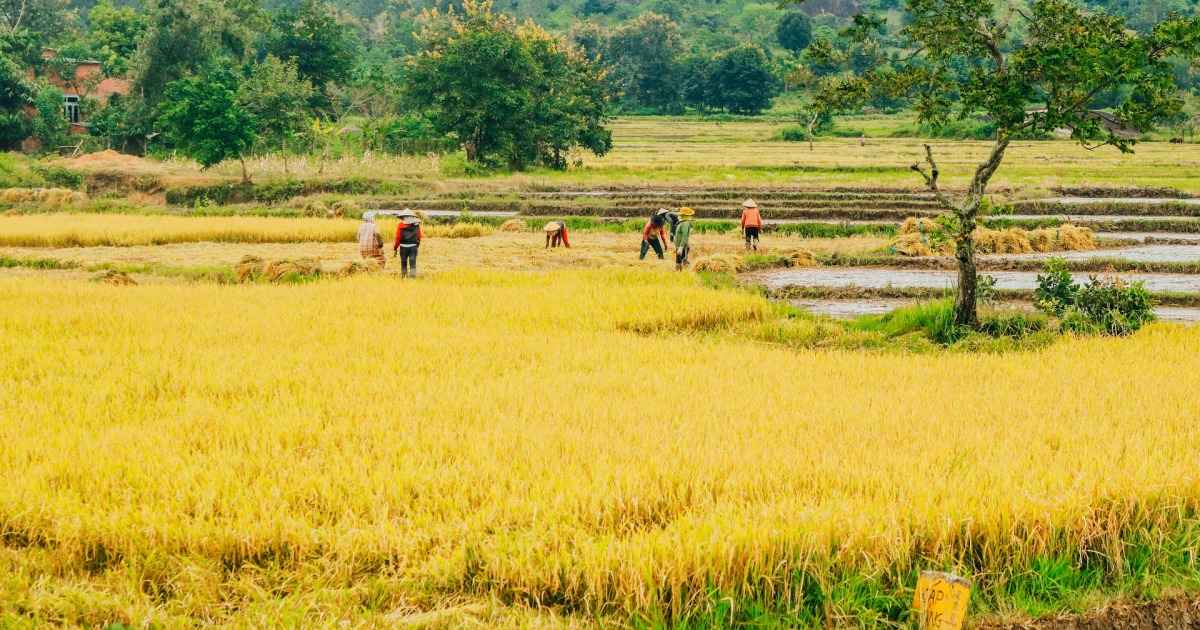Introduction: Hello freinds we are here to present some information on organic basmati rice farming. Nowadays everywhere in the world, health and environmental problems are increasing day by day with the indiscriminative usage of various chemical fertilizers and chemicals for controlling various pest and diseases in the agriculture as the result of green revolution. Now, this green revolution is running in a decreasing trend. In fact increased productivity due the green revolution was slowed down. In this scenario our only duty is to go with organic farming to save the environment and human health.
A step by step guide to organic Basmati rice farming
In the world, India is the largest producer of the basmati rice with an annual production of 10-15 lakh tonnes. Haryana, Punjab, Himachal Pradesh, Rajasthan, Uttar Pradesh and Uttarakhand are the major basmati rice growing states in India.

Organic farming of Basmati rice
Organic farming of basmati rice best promoted through a systemic approach that combines different activities like improving soil fertility, crop rotation and diversification, appropriate irrigation, organic fertilisation, weeding, pest and disease management as well as timely and proper harvesting.
Rice (Oryza sativa), is one of the three most important food crops in the world, forms the staple diet of 2.7 billion people. Basmati rice is also known as king of rice and is priced for its characteristic long-grain, subtle aroma and delicious taste. Country earning foreign exchange by exporting basmati rice to other countries. It occupies around 150 million ha area, producing 573 million tonnes of paddy with average productivity of 3.83 tonnes per hectare. Haryana ,Punjab and Western Uttar Pradesh are traditional basmati rice growing areas. In this
Varities of Basmati rice:
Taraori Basmati and Basmati 370 – mainly cultivated for export purpose.
Pusabasmathi-I – high yielding variety, smeni dwarf.
Pusa-1121 and CSR-30- popular in Haryana, Punjab and U.P, fetch high prices in the market.
Pusa-1121- high yields, 47- 50 quintals per hectare, better aroma and lower chalkiness.
HBC-19.
CSR-30 – higher yields, contains salinity resistance.
Soil requirement for Organic Basmati rice Farming
All types of soils are suitable for its cultivation. But, heavy soils with long water holding capacity are the most suitable for basmati rice cultivation. Better to avoid the soils with alkaline nature. Optimum soil pH for basmati rice cultivation is 5.0-8.0.
You should not miss the Date Palm Tissue Culture.

Climate requirement for Organic Basmati rice Farming
Basmati rice requires optimum temperature of 20-35 ̊ Cfor optimum growth. Areas with good amount of rainfall and with low night temperature are preferable for basmati rice cultivation.
Propagation of Basmati rice:
Mainly basmati rice is propagated by transplanting by growing nursery.
The spacing of Basmati rice plantation
Spacing of 30 cm between rows and 25 cm between plants is followed.
How to prepare land for Organic Basmati rice Farming
Before, three weeks of planting land should be ploughed enough and kept submerged in 5-10 cm standing water. In this crop land preparation is done by one time ploughing and one time puddling. We have to incorporate around 10 tonnes of organic matter or green manure in to the field after that land should be levelled.
It is necessary to irrigate the field 3 days before sowing.
Seed rate of Basmati rice
The required seed rate is about 6-8 kilograms per acre.
The seed treatment of Basmati rice
Dipping the seeds in 15% saline solution (1.5kg salt in 10 litres of water), Removing all floating seeds and rinseing and soaking the seeds in clean water for 24hours is advicible.
Seed treatment with beneficial microorganisms, apply 5g of Trichoderma and 5g Pseudomonas or 10g Pant Biogent-3 for 1kg of seed.
Transplanting of Basmati
Seedlings of 3-4 weeks are needs to be transplanted in to puddled field.
Organic fertilization
Farmyard manure
Cow dung
Cow urine
Cermi compost,
Bio gass slurry,
Natural mineral fertilizers
Bio fertilizers
All the above can be used as fertilizers in organic farming.
Manuring is mainly done by application of farmyard manure and vermicompost each at 5 tonnes per hectare.
Irrigation requirement for Organic Basmati rice Farming
Irrigation is very important aspect in rice cultivation. Always it is better to mentain 2-5 cm of water in the field for better growth and yield as rice crop need submerged conditions. Proper drainage should be mentained. Optimum irrigated conditions provide good nitrogen uptake and tillering.
You may also like the Sunflower Cultivation Income, Yield, Project Report.

How to control weeds in Basmati crop
Weed growth is minimal in this crop as it was grown in submerged conditions. It is better to carry out 2-3 hand weedingsstarting from 20 days after transplanting each at 20 days interval.
Pest and disease control in Basmati crop
Pest and diseases cause heavy losses in basmati rice cultivation. In the recent day’s neck blast and sheath blight disease is getting severe in basmati rice cultivation and causing considerable yield losses. Gall midge, brown plant hopper, yellow stem borer are the some of the important pests of basmati rice.
Control measures
- Employing natural enemiesby increasing the diversity in cropping.
- Using bio-agents like Trichogrammajaponicum and chilonis in areas with pest infection.
- Installation of pheromone traps 20@ ha each with 5 mg pheromone impregnate reduces the stem borer infestation.
- Bio-control agents like Trichoderma virideand harzianum will effectively controls the blast disease of rice.
- Releasing of the egg parasites 5 – 9 times @ 10 adults / m2 and one release site per 100 m2, at an interval of 7 – 10 days results in 45 – 60 percent decrease in pest damage.
- Crop rotation
- Balanced nutrition
- Selecting the resistant and suitable varities
- Spraying of natural plant based pesticides like NSKE etc.
- Employing solarisation and flooding
- For some diseases weeding, deep ploughing and rouging works better.
You may also consider the Stevia Farming in Polyhouse.
Harvesting and threshing of Basmati paddy

Harvesting should be undertaken as soon as rice grains mature, delaying in harvesting cause shattering of grain and development of sun cracks which in result cause yield losses. For early and medium varieties 25 to 30 days after flowing is considered as the best stage of harvesting. Whereas, it is 35-40 days for late maturing varieties. During harvesting grain moisture content should be 20 percent. After harvesting crop was allowed to dry on threshing floor after threshing grain is dried to bring down the moisture levels below 14 percent for further storage and milling.
The yield of Basmati rice
In the early years of conversion period there will be chances of getting lower yields as we stopped the usage of chemicals. However, at 4 th year we can get maximum yields.
1 st year -26 quintals /ha
2 nd year – 30 quintals/ ha
3 rdyear- 34 quintals/ ha
4th year- 36 quintals/ ha.
You may be interested in Organic Container Gardening Ideas.